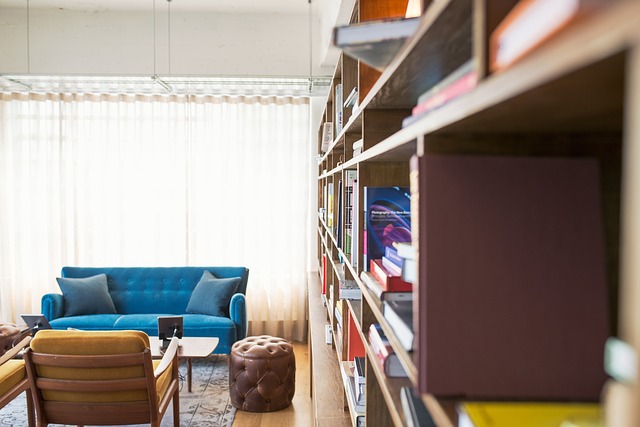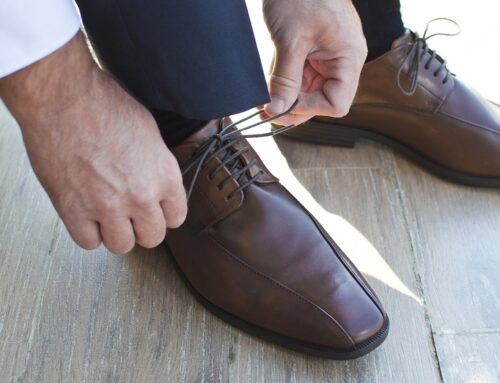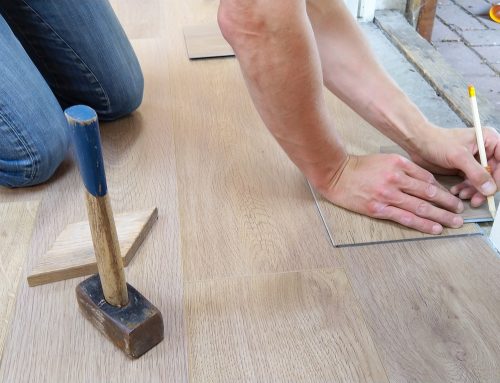Ready-to-assemble furniture is beautiful and inexpensive. So it’s not a surprise it’s often the choice when it comes to furnishing our homes. If you plan on buying some new fittings and you want to put them together by yourself, follow the tips below for stress-free building.
Check also: Is Summer Really the Best Time for Home Refurbishment?
1. Prepare Your Work Space
With flat-pack furniture, it is wise to assemble the pieces in the same room where you plan to use them. Moving the furnishings after assembly could not only damage them and your home. When completed, furniture can also become too heavy and even cause injury. Clear out fragile items and lightweight furnishings to create enough space where you can work.
2. Unpack All the Boxes
When opening the package, make sure all the parts are there, and they haven’t been damaged during transportation. Be careful not to scratch off the surfaces when using knives and other sharp objects to unpack the cardboard boxes. Lay the cardboard from the packaging on the ground and use the flat surface to create stability and to prevent your floor from scratches during the furniture assembly.
Read also: How to Avoid These Common Mistakes When Planning a Renovation?
3. Organize
Right after the unpacking, you should identify the different parts, group the similar pieces, and lay everything out so you can see them well. Flat-pack furniture comes with many small elements: nuts, screws, bolts, nails, knobs, cams, cam bolts, caps, washers, and more. Separate them before you start assembling to avoid ruffling through a big pile – you will save a lot of yourself time. This step can also help prevent any small pieces from rolling away and getting lost.

If you have to build a larger piece, like this bookcase, it is wise to get some power tools to help you do the job faster.
4. Prepare the Right Tools
A lot of ready-to-assemble pieces of furniture come with some essential tools. But if the items you have are more complicated, you might need to get the right tools before putting everything together. Most furniture assembly projects require at least a hammer, a rubber mallet, an adjustable wrench, Allen wrenches, a set of screwdrivers, measuring tape, and a level. Using power tools like a drill with interchangeable bits, for example, can ease your work and make the assembling faster.
5. Don’t Work Alone
Most projects like this require two sets of hands for furniture assembly, especially if the pieces are heavy or if the installation requires levelling onto the wall. Ask your friends or a family member for help, or call a professional handyman.
Check also: The Benefits of Hiring a Local Handyman
6. Follow the Instructions on the Manual
Flip through the manual and strictly stick to the illustrated instructions as to how to assemble the furniture. Make sure you have a clear picture of the whole process before you begin. Remember that some of the steps may not be too intuitive, so do not rush through or you will be more likely to make mistakes. Start with the base and then continue with the details. If there are several similar parts, build them at the same time to avoid confusion. Double-check your work to ensure you are making everything correctly and not missing any steps. Otherwise, you might have to redo the entire process.
7. Call a Professional
Suppose you don’t want to waste your time and energy with this project. In that case, you might want to consider hiring professional furniture assemblers. They are properly equipped, and their experience allows them to handle the assembly for you with ease.
Other Tips for Assembling Flat-Pack Furniture:
- Measure the dimensions of the room before going to the store to avoid any unpleasant surprises when you purchase the items. Make sure the furniture you buy fits your space.
- Don’t panic if some parts are missing. Most companies provide replacements for damaged and missing elements of their items.



